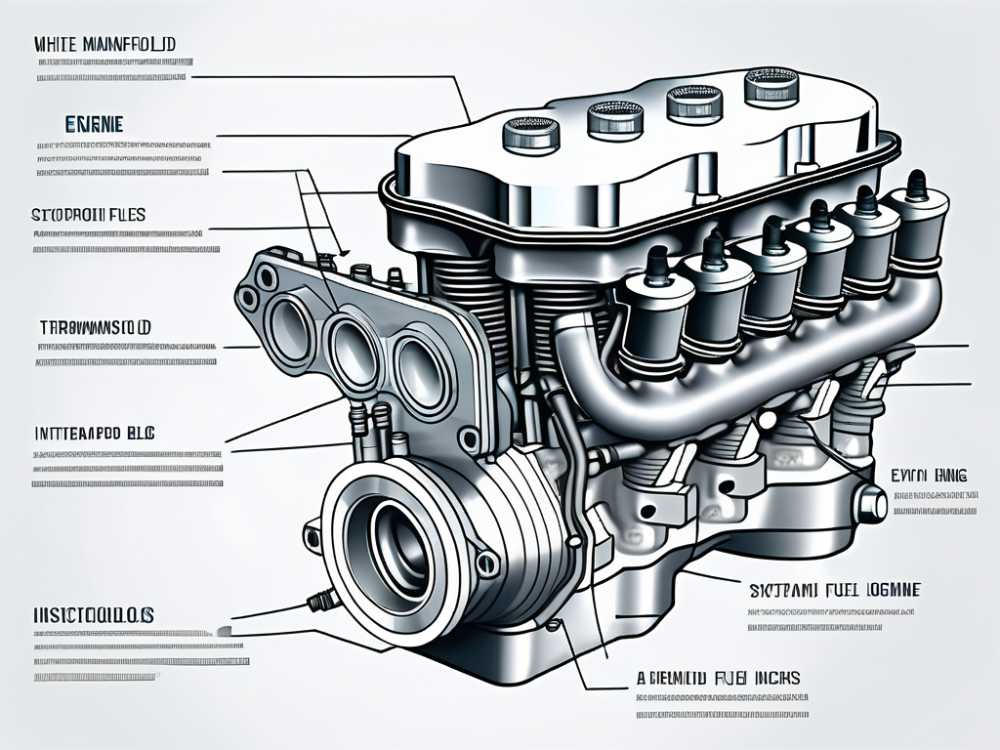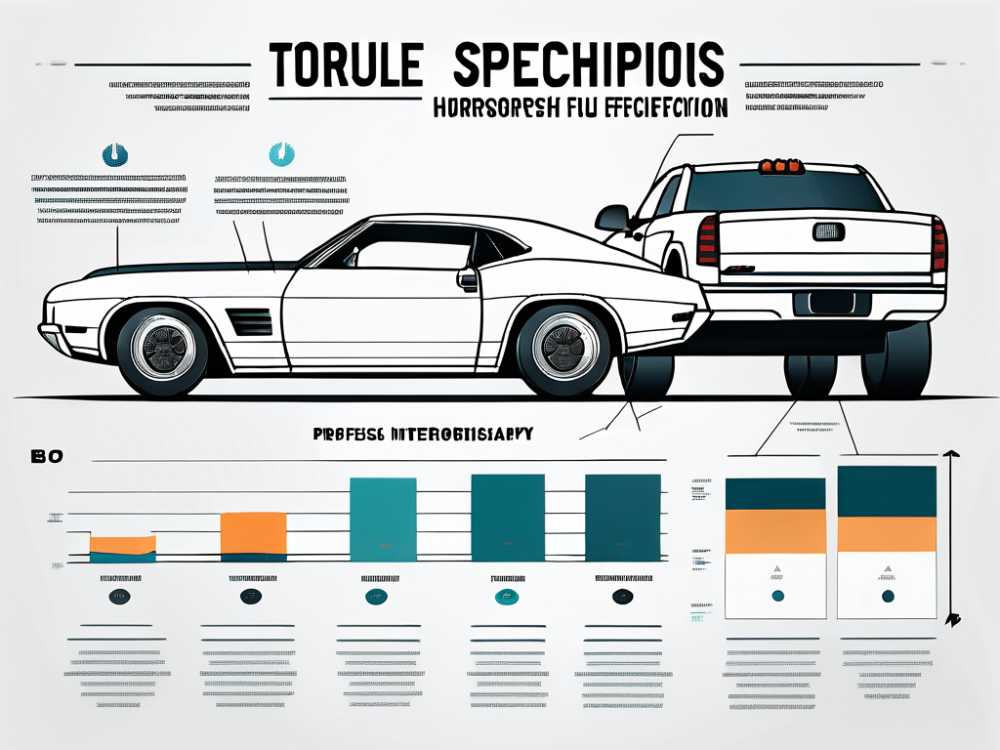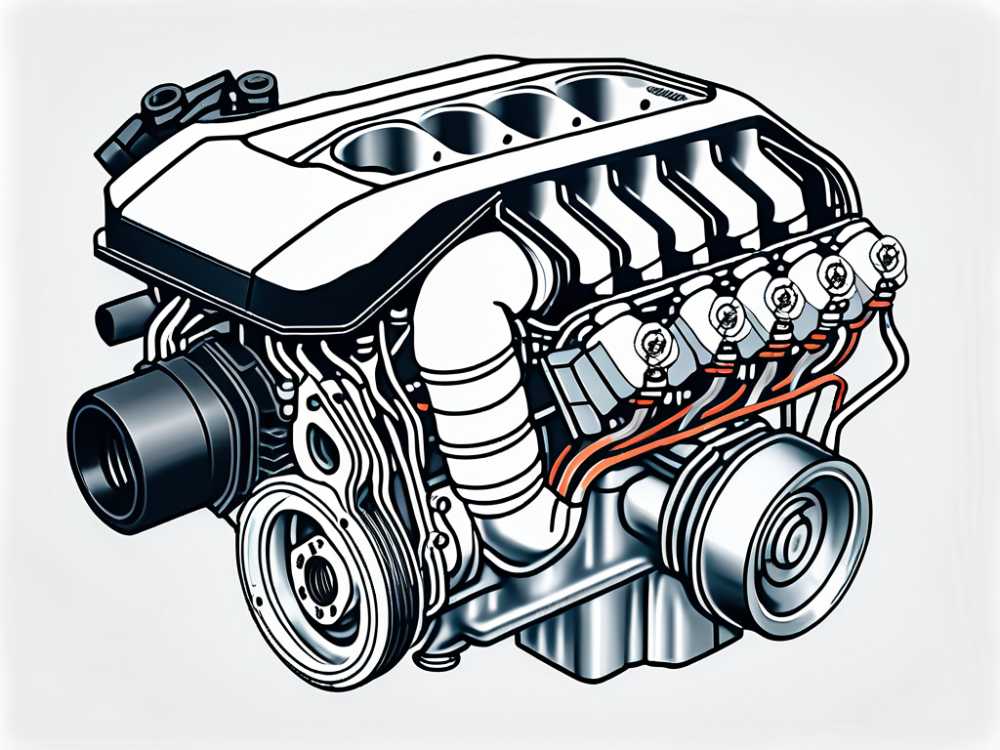When it comes to understanding vehicle performance, the nuances of engine power and specifications are often misunderstood by many. This article will demystify these concepts, providing clarity on what vehicle specs mean, how they work, and why they matter. Whether you're purchasing a new vehicle or just curious about what drives automotive performance, this comprehensive guide will help decode the jargon and numbers associated with vehicle specifications.
Understanding Vehicle Specifications
Vehicle specifications are the numerical values that describe various characteristics of a vehicle’s performance and capabilities. These specs generally include aspects like engine size, horsepower, torque, fuel efficiency, and more. Understanding these metrics is crucial for consumers and enthusiasts alike, as they directly influence driving experience and vehicle functionality. Whether you're a first-time car buyer or a seasoned automotive aficionado, familiarizing yourself with these specifications can empower you to make informed decisions that align with your driving needs and lifestyle.
Moreover, vehicle specifications can vary significantly across different manufacturers and models, making it essential to compare and contrast these figures when evaluating potential purchases. For instance, a compact car may prioritize fuel efficiency and low emissions, while a performance vehicle may focus on maximizing horsepower and torque for exhilarating speed. This diversity in specifications reflects the wide range of consumer preferences and driving conditions that vehicles are designed to meet.
The Basics of Engine Power
At the heart of vehicle performance is engine power, which is often measured in horsepower. This metric essentially quantifies the engine's ability to perform work—meaning the power available to accelerate and maintain speed. Engine power reflects how much energy the engine generates and how effectively it can transfer that energy to the wheels. In modern vehicles, advancements in technology have led to the development of turbocharged engines, which can produce higher horsepower without significantly increasing engine size, thus enhancing performance while maintaining fuel efficiency.
Another key measurement related to engine power is torque, which indicates the twisting force produced by the engine. While horsepower measures the engine’s overall power output, torque is particularly important for how that power is felt during acceleration. It’s like the muscle of the engine, determining how rapidly a vehicle can gain speed from a standstill. The relationship between horsepower and torque is often illustrated through power curves, which can provide insights into how an engine performs at different RPMs, helping drivers understand the optimal range for acceleration and efficiency.
The Role of Horsepower in Vehicle Performance
Horsepower plays a vital role in defining the performance of a vehicle. In essence, the more horsepower an engine produces, the faster a vehicle can accelerate and achieve higher speeds. Sports cars, for example, are typically built with high-horsepower engines to ensure quick acceleration and a thrilling driving experience. However, it’s worth noting that the driving experience is not solely about raw power; factors such as aerodynamics, suspension tuning, and tire grip also play critical roles in how a vehicle handles and responds on the road.
However, it's essential to recognize that horsepower alone does not tell the whole story; how that power is delivered and managed through the vehicle's drivetrain also significantly impacts performance. The interplay between horsepower and other metrics like weight also comes into play when assessing true vehicle capability. For instance, a lightweight sports car with a modest horsepower rating can often outperform a heavier vehicle with a higher horsepower figure due to its superior power-to-weight ratio, showcasing the importance of a holistic approach to understanding vehicle performance.
Torque and Its Impact on Driving Experience
Torque is the unsung hero when it comes to vehicle performance. While horsepower dictates top-speed performance, torque is crucial for the driving experience, especially in real-world scenarios. It’s the initial force that pushes the vehicle forward when you hit the gas pedal and is particularly noticeable during acceleration from a stop or while overtaking. Drivers often appreciate vehicles with high torque ratings for their ability to deliver a satisfying and responsive driving experience, especially in situations that require quick bursts of speed.
For vehicles designed for towing or carrying heavy loads, having a high torque output is particularly beneficial. Trucks and SUVs designed for such tasks often emphasize torque specifications, allowing them to handle loads efficiently without compromising driving comfort. Additionally, many manufacturers provide torque ratings at various RPM levels, enabling potential buyers to understand how the vehicle will perform under different driving conditions, whether it’s navigating steep inclines or hauling heavy trailers. This focus on torque not only enhances utility but also contributes to a more confident and enjoyable driving experience, particularly for those who rely on their vehicles for work or recreational activities.
The Anatomy of a Vehicle Engine
The engine is the most vital component of a vehicle. It converts fuel into mechanical energy that propels the vehicle. Understanding the various components of an engine and their functions helps in appreciating how vehicle specifications come together to define performance.
Components of an Engine and Their Functions
Cars usually have a few different types of engines including inline, V-type, or rotary configurations, each consisting of several critical components. Key parts include the pistons, crankshaft, camshaft, and valves:
- Pistons: Move up and down within cylinders to convert fuel combustion into mechanical power.
- Crankshaft: Transforms the linear motion of pistons into rotational motion, which ultimately powers the wheels.
- Camshaft: Controls the timing of valve openings and closings, crucial for optimizing engine performance.
- Valves: Regulate the intake of air and fuel and the expulsion of exhaust, playing a key role in engine efficiency.
Each component is engineered for optimal performance, showing how specifications like engine size and design directly influence capabilities.
How Engine Size Affects Performance
Engine size, often referred to as displacement, is a critical factor that impacts horsepower and torque. Generally, larger engines can produce more power due to a greater volume of air and fuel being combusted. However, advancements in technology have allowed smaller engines, paired with turbocharging and other enhancements, to compete effectively with larger engines.
The size also affects fuel economy; larger engines tend to consume more fuel and thus have a lower overall efficiency. In contrast, smaller and more efficient engines are becoming more popular, especially in modern vehicles aimed at sustainability.
The Science Behind Engine Power
The generation of engine power is governed by fundamental principles of physics and chemistry. To understand the mechanics behind engine performance, one should grasp the core scientific principles at play.
The Physics of Engine Operation
The operation of an engine can be analyzed through the lens of thermodynamics and mechanics. In essence, an engine converts chemical energy stored in fuel into thermal energy through combustion, and then into mechanical energy to drive the vehicle.
The efficiency of this conversion process, known as thermal efficiency, varies based on design and operating conditions, underscoring the importance of specifications in understanding performance limitations and potentials.
The Chemistry of Fuel Combustion
Different fuels possess varying chemical properties that influence combustion efficiency. Gasoline, diesel, and alternative fuels like ethanol each have unique combustion characteristics, affecting not just power output but also emissions and fuel economy.
Engine design must account for these factors, with compression ratios, air-fuel mixtures, and ignition timing playing pivotal roles in optimizing engine performance for specific fuels.
Interpreting Vehicle Specs
With various metrics and specifications available, deciphering manufacturer specifications can seem daunting. However, understanding what each one means can greatly inform purchasing decisions and performance expectations.
Deciphering Manufacturer Specifications
Specifications provided by manufacturers often include a variety of performance metrics. Key figures to look out for generally include horsepower, torque, engine displacement, and fuel efficiency ratings. It’s important to compare these specifications across similar models to determine the best fit for your needs.
Additionally, taking into account other features like drivetrain type, transmission choice, and technology enhancements can lead to a more holistic understanding of a vehicle's capabilities.
The Importance of Compression Ratios
Compression ratio refers to the ratio of the maximum to minimum volume in the combustion chamber of an engine. A higher compression ratio generally allows for more power generation from the same amount of fuel. The implications of compression ratio impact overall efficiency and performance, making it an important spec to consider.
However, tuning and the quality of fuel used can influence optimal ratios, making a balance critical for achieving desired performance without compromising reliability.
Understanding Power-to-Weight Ratios
The power-to-weight ratio is another critical specification that should not be overlooked. This ratio measures the engine's power in relation to the vehicle's weight. A vehicle with a high power-to-weight ratio typically accelerates faster and handles better than heavier counterparts with similar horsepower.
This metric becomes especially important in high-performance vehicles, where agility and speed are paramount. It also helps gauge how a vehicle may perform under different loads and conditions.
How Engine Power Influences Vehicle Capabilities
The relationship between engine power and a vehicle's capabilities extends beyond mere numbers on a spec sheet. Understanding this relationship can lead to more informed choices about vehicles used for specific tasks.
Engine Power and Acceleration
Acceleration performance is significantly influenced by engine power. Vehicles with high horsepower can accelerate quickly, which is essential for sports cars designed for speed. However, acceleration also depends on factors like drivetrain configuration, gear ratios, and vehicle weight.
When evaluating a vehicle for acceleration capabilities, it's wise to look at both horsepower and torque specifications in conjunction with real-world performance tests and reviews.
Engine Power and Towing Capacity
Towing capacity is often directly linked to a vehicle’s engine power. Vehicles designed for towing typically emphasize higher torque and horsepower to handle heavy loads efficiently. This means understanding the vehicle's maximum towing limits is crucial for ensuring safe and effective towing practices.
It’s also important to consider factors like drivetrain stability and braking capabilities, as these will also affect how well the vehicle performs under load, ensuring you have a comprehensive understanding of what your vehicle can achieve.
In summary, understanding engine power and vehicle specifications is essential for anyone interested in vehicle performance, whether for daily driving, racing, or towing needs. Armed with knowledge about how these specs interconnect, consumers can make informed choices that improve their driving experience.















